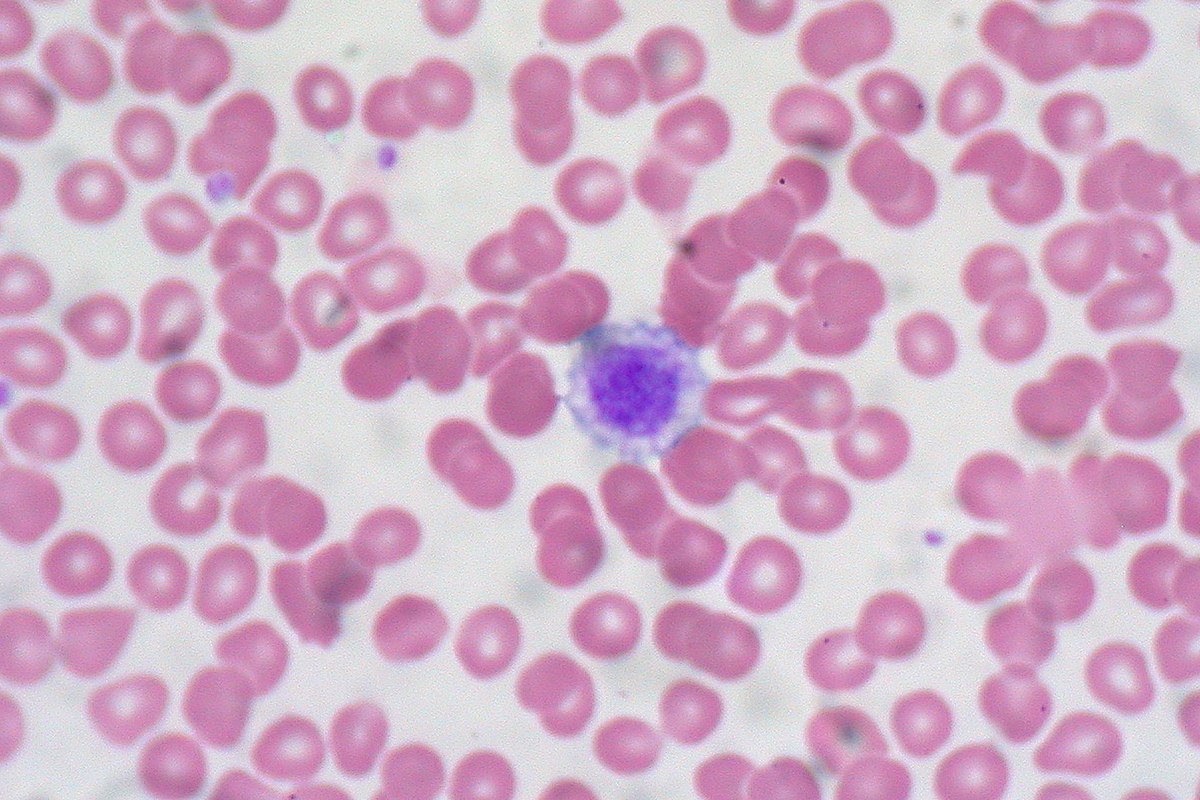
Giant Platelet Syndrome might sound like a complex medical term, but understanding it can be quite straightforward. This rare blood disorder affects the size and function of platelets, which are crucial for blood clotting. People with Giant Platelet Syndrome often have unusually large platelets and may experience easy bruising, frequent nosebleeds, or excessive bleeding from minor cuts. Despite its rarity, learning about this condition is important for those affected and their families. By knowing the symptoms, causes, and treatments, individuals can better manage their health and seek appropriate medical care. Let's dive into 30 intriguing facts about this unique syndrome to shed light on its mysteries.
Key Takeaways:
- Giant platelets are larger-than-normal blood cells that can indicate health conditions. They are stickier, irregular in shape, and can be linked to bleeding disorders and autoimmune diseases.
- Understanding giant platelets' formation, health implications, and diagnosis is crucial. Treatment involves medication, transfusions, lifestyle changes, and regular monitoring by hematologists.
What are Giant Platelets?
Giant platelets are larger-than-normal blood cells that play a crucial role in clotting. They can indicate various health conditions and are often discovered during routine blood tests. Here are some fascinating facts about these unique cells.
-
Size Matters: Giant platelets are typically larger than 3.5 micrometers in diameter, making them significantly bigger than regular platelets.
-
Shape Shifters: Unlike normal platelets, which are disc-shaped, giant platelets can appear more irregular in shape.
-
Sticky Situation: These platelets are often stickier than their smaller counterparts, which can affect clot formation.
-
Genetic Links: Some genetic disorders, like Bernard-Soulier syndrome, are associated with the presence of giant platelets.
-
Rare but Real: Giant platelets are relatively rare, occurring in about 1 in 10,000 people.
How are Giant Platelets Formed?
Understanding the formation of giant platelets can provide insight into their role in the body. Here are some key facts about their creation.
-
Bone Marrow Birth: Giant platelets are produced in the bone marrow, just like regular platelets.
-
Megakaryocyte Magic: They originate from megakaryocytes, large bone marrow cells that break apart to form platelets.
-
Production Problems: Abnormalities in megakaryocytes can lead to the production of giant platelets.
-
Stress Response: The body may produce giant platelets in response to stress or injury.
-
Age Factor: Older megakaryocytes are more likely to produce giant platelets.
Health Implications of Giant Platelets
The presence of giant platelets can signal various health issues. Here are some important facts about their implications.
-
Bleeding Disorders: Giant platelets are often linked to bleeding disorders, making it harder for blood to clot properly.
-
Thrombocytopenia: This condition, characterized by low platelet counts, can sometimes involve giant platelets.
-
Immune System Issues: Autoimmune diseases can cause the body to produce giant platelets.
-
Cancer Connection: Certain cancers, like leukemia, can lead to the formation of giant platelets.
-
Infection Indicators: Infections can sometimes trigger the production of giant platelets.
Diagnosing Giant Platelets
Detecting giant platelets usually involves specific medical tests. Here are some facts about how they are diagnosed.
-
Blood Smear: A blood smear test can reveal the presence of giant platelets under a microscope.
-
Automated Counters: Modern blood analyzers can detect giant platelets by measuring their size.
-
Genetic Testing: Genetic tests can identify disorders associated with giant platelets.
-
Bone Marrow Biopsy: In some cases, a bone marrow biopsy may be needed to understand the cause.
-
Symptom Check: Doctors often look for symptoms like easy bruising or prolonged bleeding to diagnose issues related to giant platelets.
Treatment and Management
Managing conditions involving giant platelets requires specific medical approaches. Here are some facts about treatment and management.
-
Medication: Drugs like corticosteroids can help manage autoimmune conditions that cause giant platelets.
-
Transfusions: Platelet transfusions may be necessary for severe cases.
-
Lifestyle Changes: Avoiding activities that increase bleeding risk can be crucial for patients.
-
Regular Monitoring: Frequent blood tests help monitor platelet levels and size.
-
Specialist Care: Hematologists specialize in treating conditions involving giant platelets.
Interesting Tidbits
Here are some additional intriguing facts about giant platelets that you might find surprising.
-
Animal Kingdom: Giant platelets are not exclusive to humans; they can also be found in some animals.
-
Evolutionary Puzzle: The evolutionary reason for the existence of giant platelets remains a mystery.
-
Research Focus: Scientists are actively researching giant platelets to better understand their role in health and disease.
-
Technological Advances: New technologies are making it easier to study and diagnose giant platelets.
-
Public Awareness: Increasing awareness about giant platelets can help in early diagnosis and treatment of related conditions.
Final Thoughts on Giant Platelets
Giant platelets, larger than regular platelets, play a crucial role in blood clotting. They can indicate various health conditions, from genetic disorders to bone marrow issues. Understanding their function helps in diagnosing diseases like Bernard-Soulier syndrome and immune thrombocytopenia. Regular blood tests can monitor platelet size and count, providing essential insights into overall health. If you notice unusual bruising or bleeding, consult a healthcare professional. Early detection of platelet abnormalities can lead to better treatment outcomes. Stay informed about your blood health, and don't hesitate to ask your doctor about any concerns. Knowledge about giant platelets empowers you to take proactive steps in maintaining well-being. Keep an eye on your health, and remember, your blood tells a story worth listening to.
Frequently Asked Questions
Was this page helpful?
Our commitment to delivering trustworthy and engaging content is at the heart of what we do. Each fact on our site is contributed by real users like you, bringing a wealth of diverse insights and information. To ensure the highest standards of accuracy and reliability, our dedicated editors meticulously review each submission. This process guarantees that the facts we share are not only fascinating but also credible. Trust in our commitment to quality and authenticity as you explore and learn with us.
